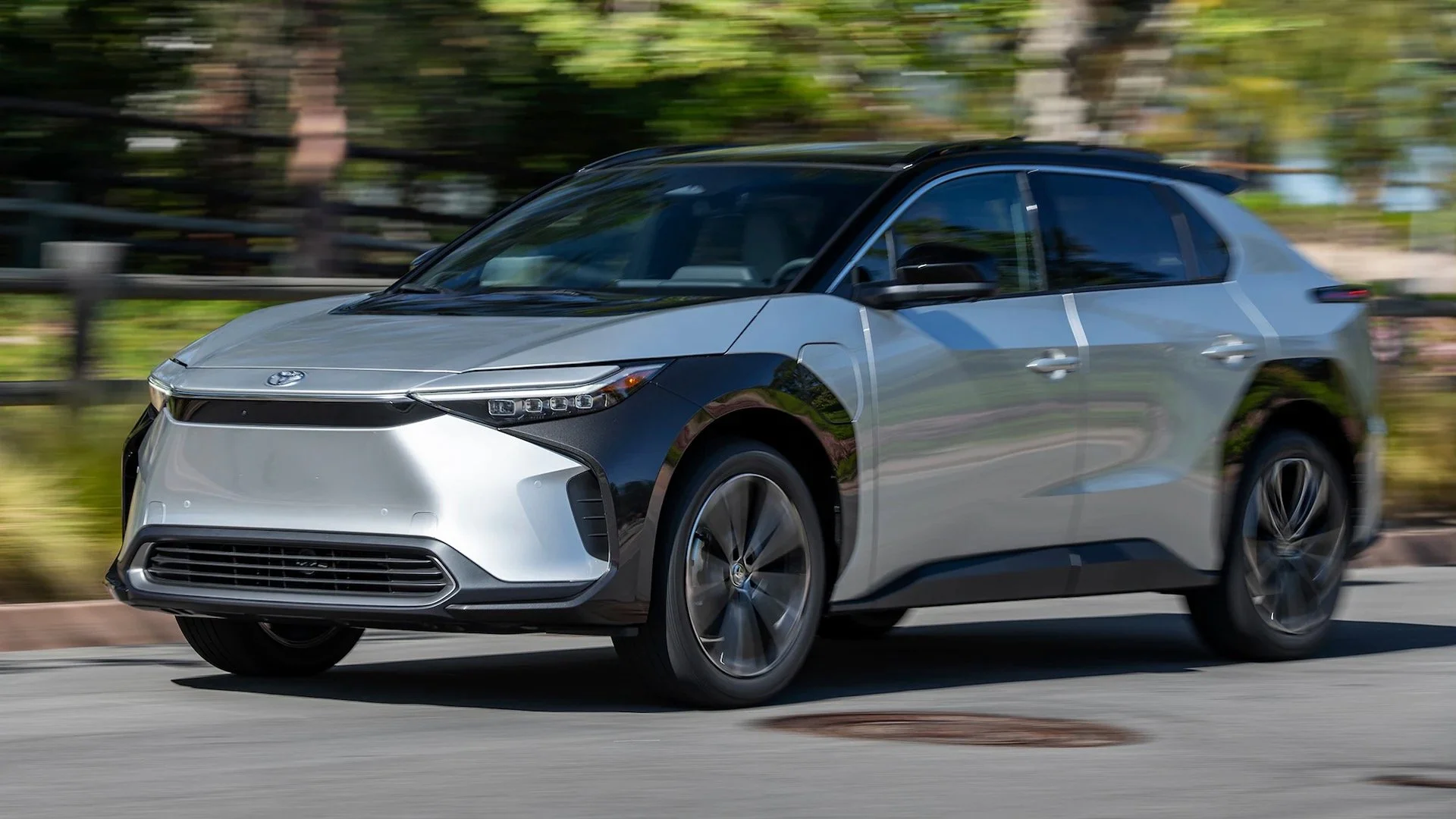Savings and Incentives:
Both the US government and the state of Maryland offer a “clean vehicle tax credit” to car buyers who purchase a new or previously owned electric vehicle. The credit will be worth different amounts depending on certain factors, read more below!
$7,500
New Vehicle Federal Tax Credit
$3,000
New Vehicle Maryland Tax Credit
$4,000
Pre-Owned Vehicle Tax Credit
Beginning in 2024, buyers will be able to transfer clean vehicle credits to dealers at the time of sale, and use the credit amount as a down payment at time of sale. Only dealers that register with the IRS will allow the credit as a downpayment. Source : IRS
Got a Question? Please send me a text at (202) 695-3201.
-
Buy the electric vehicle, and during sale make sure to get the Required Information
Complete Form 8936: Qualified Plug-in Electric Drive Motor Vehicle Credit
File this form with your tax return the year that you purchased the vehicle
-
Download and print Form VR-334
Buy the electric vehicle, and during sale make sure to get the Required Information as well as have the dealer fill out the bottom part of the form
File this form with your tax return the year that you purchased the vehicle and email or mail it in as per instructions
How much money can I get?
-
Federal Credit: earn up to $7,500 depending on certain factors of the car
$3,750 if the vehicle meets the critical minerals requirement only
$3,750 if the vehicle meets the battery components requirement only
$7,500 if the vehicle meets both
Find out below if your vehicle meets the requirements!
-
$3,000 for a zero-emission plug in electric drive or fuel cell electric vehicle.
$2,000 for a 3-wheeled, zero emission plug in electric drive or fuel cell electric motorcycle
$1,000 for a 2-wheeled, zero emission plug in electric drive or fuel cell electric motorcycle
-
Federal Credit: The credit is worth 30% of the price of the car, up to a maximum of $4,000
* Unfortunately there is no state credit for previously owned vehicles
Qualified Plug-in Electric Drive Motor Vehicle Credit (Federal)
Excise Tax Credit Request For Plug-In Electric or Fuel Cell Vehicle (Maryland)
Which EV Qualifies for the $7,500 Federal Tax Credit?
These cars can receive both the federal and state incentives when bought – the Price with credit has the total $10,500 discount
2023 Chevrolet Bolt EUV
Price: $27,800
Price with credits: $17,300
Range: 247 Miles
Battery Warranty: 8 years/ 100,000 miles
2023 Chevrolet Bolt EV
Price: $26,500
Price with credits: $16,000
Range: 259 Miles
Battery Warranty: 8 years/ 100,000 miles
2023 Volkswagen ID.4
Price: $38,995
Price with credit: $28,495
Range: 275 Miles
Battery Warranty: 8 years/ 100,000 miles
Tesla Model 3 (2023)
Price: $40,240
Price with credit: $29,
Range: 272 Miles
Battery Warranty: 8 years/ 100,000 miles
Source: FuelEconomy.gov, Department of Energy: Office of Energy Efficiency & Renewable Energy https://fueleconomy.gov/feg/tax2023.shtml
These are only a few options. Click below to see if your vehicle qualifies.
Other Affordable EVs:
These cars (and many other models) receive only the state incentive of $3,000 - see the price with credit below!
2023 Nissan Leaf
Price: $29,135
Price with credit: $26,135
Range: 149 miles
Battery Warranty: 8 years/ 100,000 miles
2023 Hyundai Kona Electric
Price: $33,550
Price with credit: $30,550
Range: 258 miles
Battery Warranty: 10 years/ 100,000 miles
2023 Mazda MX-30
Price: $34,110
Price with credit: $31,550
Range: 100 miles
Battery Warranty: 8 years/ 100,000 miles
2023 Toyota bZ4X
Price: $50,000
Price with state credit: $47,000
Range: 252 miles
Battery Warranty: 8 years/ 100,000 miles
Got a Question? Please send me a text at (202) 695-3201.
Savings with Electric Vehicles
Spend 60% less on fuel
In general, it is much cheaper to fill your car with an EV charger than with gas. The prices change just as those of gas do, but multiple studies have shown that EV drivers spend about 60% less on fueling their cars than drivers of gas powered vehicles.
Spend 50% less on maintenance
There are different types of maintenance for EVs versus gas cars, but in general Ev owners spend about half as much on maintenance, mainly because there are just fewer things to go wrong.
One big difference is tire maintenance. Because of the weight of EVs, the tires have to be replaced much more often than tires in gas powered vehicles. There are also often EV specific tires to help with these differences
The Truth
We aren’t here to tell you that electric vehicles are absolutely perfect – there are certainly some downsides and lifestyle changes to these vehicles, and this section is meant to provide clarification on some of these changes.
Range
Electric vehicles often drive less far on one charge than a gas vehicle does on one tank of gas. However, a few things are changing in this space:
The range of EVs is steadily growing as technology improves
The National Electric Vehicle Infrastructure Formula Program aims to add 500,000 more charging stations by 2030 in convenient locations no more than 50 miles from each other in order to mitigate the effects of a small range
Tires
Electric vehicles need special tires because they are often much heavier than their gas counterparts. The tires affect the range of the vehicle, and also the maintenance and driving experience. As well as being important to carry the weight of the vehicle, EV tires are specially designed to be quiet because there is no engine to drown out the sound of the road.
Regular tires can be used for electric vehicles, but then would have to be replaced quite frequently, which is why it makes more sense to invest in EV tires. These will be more expensive than a typical tire, but will be durable, safe, and effective for the EV.
Insurance
Insurance rates may be slightly higher with electric vehicles than with gas cars because electric vehicles sometimes have a higher price tag and the parts are costly to replace. This price may be offset by the low maintenance costs for EVs, but it is important to note.
Road Tax
Because there is no gas tax for an electric vehicle, different states have been implementing various other taxes on these cars in order to make up for the deficit of funds for roads and other driving infrastructure.










